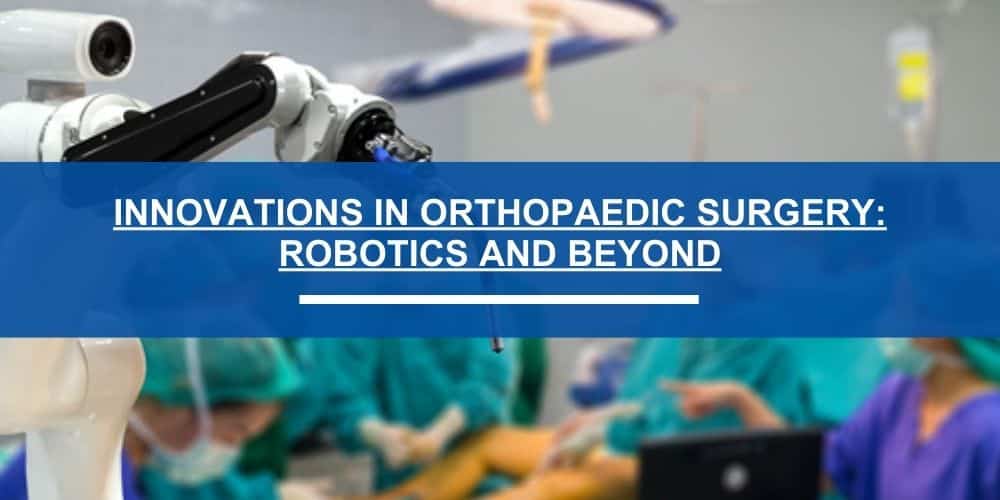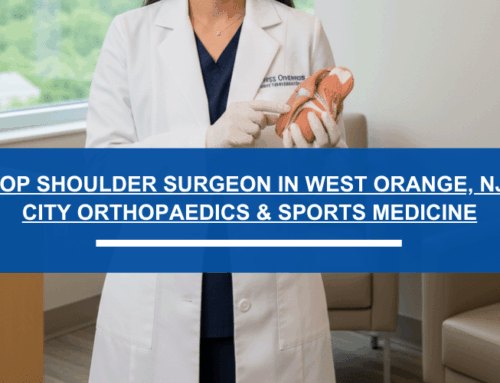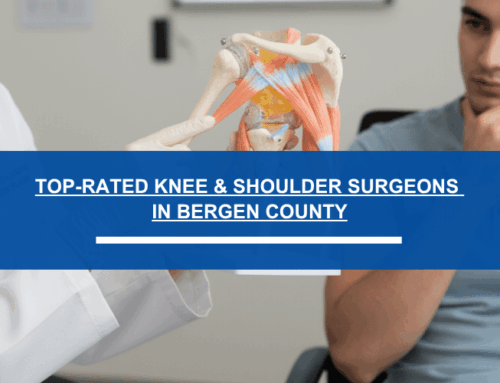As technology continues to advance at an unprecedented pace, its influence on the medical world, particularly orthopaedic surgery, becomes more profound. These innovations aren’t just fancy additions; they’re revolutionizing patient outcomes, surgical precision, and recovery times. In this article, we’ll explore some of the latest technological advancements in orthopaedic surgery.
1. Robotic-Assisted Orthopaedic Surgery:
Robotic-Assisted Surgery While robots haven’t taken over the operating room, they’re becoming invaluable assistants. Robotic-assisted Orthopaedic Surgery allows for greater precision, smaller incisions, and better visualization of the surgical area. Here’s how it works:
- Precision: Robots can filter out hand tremors and execute movements with incredible accuracy.
- Visualization: With enhanced 3D visuals, surgeons can get a better view of the area they’re working on, leading to more informed decisions during the operation.
- Recovery: Smaller incisions mean shorter hospital stays and faster recovery times.
2. 3D Printing:
The world of 3D printing has ventured into orthopaedics, bringing numerous benefits:
- Custom Implants: Every patient is unique. 3D printing allows for implants tailored to the individual, ensuring a better fit and potentially longer implant life.
- Surgical Models: Before heading into the operating room, surgeons can print a 3D model of the area they’ll be working on. This provides an opportunity to plan and even practice the procedure.
3. Virtual Reality (VR) and Augmented Reality (AR):
It might sound like science fiction, but VR and AR are making waves in the orthopaedic realm:
- Training: Instead of the traditional cadaver-based training, budding surgeons can now practice procedures in a virtual environment, enhancing their skills before they operate on actual patients.
- Patient Education: Patients can ‘experience’ their procedure before it happens, providing a clearer understanding of what to expect.
4. Wearable Technology
From smartwatches to specialized garments, wearables are becoming an orthopaedic surgeon’s friend:
- Rehabilitation: Post-operative recovery can be monitored using wearables that track movement, ensuring patients are healing correctly and aren’t over-exerting themselves.
- Data Collection: Surgeons can gather data on a patient’s physical activity, which can be crucial for tailoring treatment plans.
Conclusion:
The fusion of technology and orthopaedic surgery is ushering in a new era of patient care. With enhanced precision, customization, and data collection, these advancements promise better outcomes for patients worldwide. As patients or medical professionals, staying informed about these innovations is key to making the most of what modern orthopaedics has to offer.







